What Happened To Champagne During World War 2
22nd March 2022

The date is September 1st, 1939 and the unthinkable happens, 21 years after The Great War (WWI), Germany has just invaded Poland, everyone knows what is about to happen, but despite what will become inevitable, England gives Germany a chance to withdraw from Poland. On September 3rd, 1939, 15 minutes after the deadline for Germany to withdraw from Poland, at 11:15 am on Radio, Prime Minister Neville Chamberlain went on air and spoke to the nation.
Neville Chamberlain, on behalf of the British Empire, declared War on Garmany, for the second time in a century, the world was changing for the worse and people knew it, on that day, any denial or hope that this wasn’t happening again, were thrown out the window, every aspect of life was about to change.
On the same day, France also declared war on Germany, the following year Germany would start its Western Campaign, also known as the French Campaign or the Fall of France, which began on the 10th of May 1940, Belgium, Luxembourg and the Netherlands were also caught up in the Campaign, then on the 10th of June, Italy officially entered WWII by invading France.

Before the invasion, Champagne houses had time to save some of their stock, they built up false walls, blocking off tunnels and rooms, hiding thousands of their vintage Champagnes, this advanced planning would save a lot of houses from losing their history in Champagne, but not all were so lucky.
On the other hand, in some cases, this worked maybe a little too well, as some Champagne houses have only in recent years discovered blocked off tunnels revealing sometimes hundreds, if not thousands of vintage Champagnes kept in perfect condition, so it wouldn’t surprise me if there were one of two tunnels left to be found under the Champagne region.
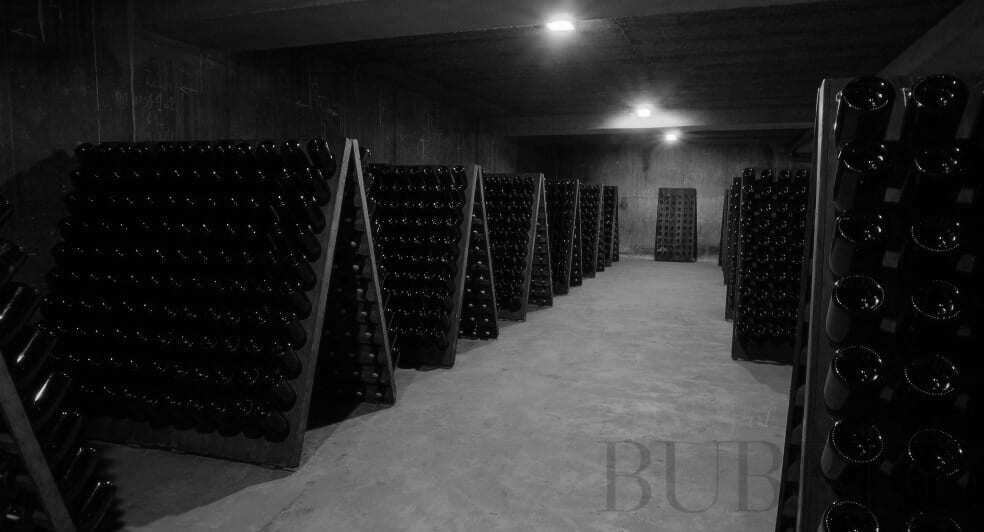 Just 4 days later, on June 14th, Paris fell, after this devastating loss for the French, an Armistice Agreement, which would put an end to any ‘legal’ hostilities between certain countries, was signed by the French and Germans on June 22nd and came into effect at 00:35 on June 25th. France has just lost the North of France and the whole coastline down to the border with Spain, two-thirds of France was now in Germany’s hands and with it, the Champagne region.
Just 4 days later, on June 14th, Paris fell, after this devastating loss for the French, an Armistice Agreement, which would put an end to any ‘legal’ hostilities between certain countries, was signed by the French and Germans on June 22nd and came into effect at 00:35 on June 25th. France has just lost the North of France and the whole coastline down to the border with Spain, two-thirds of France was now in Germany’s hands and with it, the Champagne region.
France and Italy also signed an Armistice Agreement, this happened on June 24th and came into effect the same time as the German agreement.
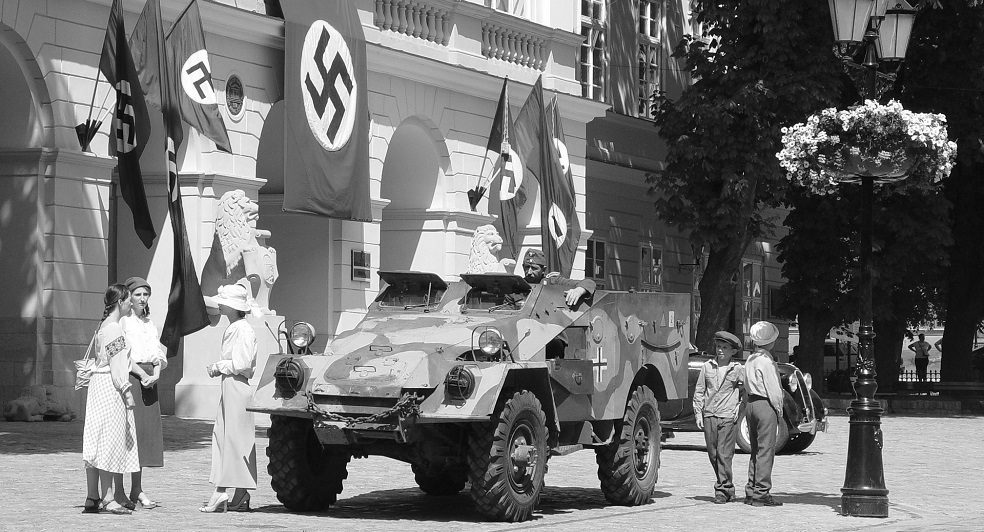
After France’s surrender, around 1.5 million Frenchmen were made prisoners of war, leaving only women, children and old men to tend to the vineyards, the Germans didn’t want the production of Champagne to stop, they saw Champagne as a valuable commodity that could be used as payment, trades, gifts or bribes.
Adolf Hitler himself accumulated half a million bottles of vintage Champagne as trophies, putting some on display at his Eagle’s Nest Fortress in Germany, even Eva Braun indulged in the fizz, sharing it with all her friends.
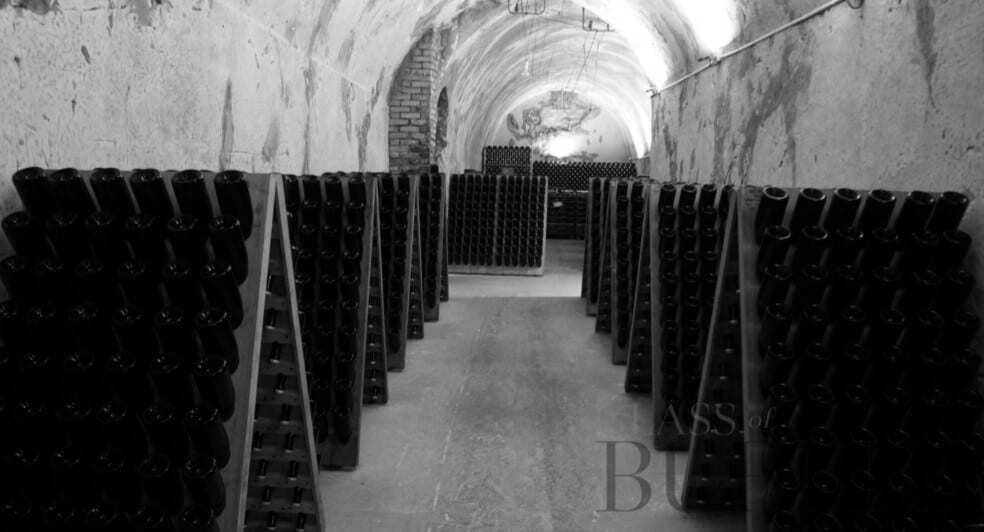
With the Champagne region and all its houses now under Nazi control, some organisation and management was in order, because in just a few weeks, more than 2 million bottles of wine and Champagne were stolen by soldiers in the Champagne region alone. So to put an end to the disorder and chaos, ‘Weinfuhrers’ were appointed to take control and manage the flow and productions.
The man put in charge of Champagne was Otto Klaebisch, he’d already been familiar with Champagne and the drinks industry, his family had sold Brandy before World War I, after the war France confiscated the business and then returned it to Germany, before World War II he had a winemaking and importing business in Germany, so they saw him as qualified for the job.
Of course, the French were not pleased by this situation. but apparently, they were partly relieved to have this man in charge, they hoped he’d understand the industry, have some level of respect for it, they would rather be pushed around by him, than a half-drunk Nazi lout. This is according to a book on Wine and War by Donald and Petie Kladstrup.
As things began falling back into order, Otto Klaebisch would start demanding the production of 400,000 bottles a week to be shipped to Germany, that quantity of Champagne would be nearly impossible to meet, the Champagne makers were about to be pushed to their breaking points by this order.
 So during the spring of 1941, a collection of Champagne houses came together and formed a union, they called it the ‘Comité Interprofessionnel du vin de Champagne’ (CIVC), which translates to ‘Champagne Wine Interprofessional Committee’.
So during the spring of 1941, a collection of Champagne houses came together and formed a union, they called it the ‘Comité Interprofessionnel du vin de Champagne’ (CIVC), which translates to ‘Champagne Wine Interprofessional Committee’.
The head of this committee would be going head to head with the Weinfuhrer, Otto Klaebisch, which I don’t need to tell you, is an utterly brave thing to do, this man ended up being the head of Moët & Chandon, Count Robert-Jean de Vogüé, he was one of the most respected men in the industry.
Upon negotiations about the extra and almost impossible workload which had been put on the Champagne houses, Otto Klaebisch simply advised him to “work Sundays”, this was not the outcome any of the houses wanted, so some of the houses, including Moët & Chandon, mislabeled bottles, hid vintages and even put ‘poison’ labels on the 1928 vintage Moët & Chandon bottles.
Some of the wineries, including Taittinger, started delivering the worst of their stock to the Germans, but Otto Klaebisch knew what he was tasting, knowing a good Champagne from a poor one, “How dare you send us fizzy dishwater,” Otto Klaebisch scolded François Taittinger, “Who cares?” Taittinger responded. “It’s not as if it’s going to be drunk by anyone who knows anything about Champagne.”
For his deception and lack of respect towards Otto Klaebisch and the German soldiers, François Taittinger was sent to jail, luckily it was just for a few days, his eldest brother secured his release.
There is a story from Champagne Bollinger, which I can’t say for sure is true or not, but either way, it’s an interesting and slightly funny story. Lily Bollinger, the head of the house was visited by the Weinfuhrer, she was polite to him, welcoming him in, showing him around and offering him a seat in an armchair which was intentionally too narrow, knowing that Otto Klaebisch wouldn’t fit into it, by doing this he was forced to stand during his time at the house, this prompted him never to return to her estate, that armchair is still in the estate today.
It wasn’t just narrow armchairs and mislabeling bottles that these Champagne houses did during World War II, they became a vital asset for French Resistance.
Vive la résistance!: Long live the resistance!
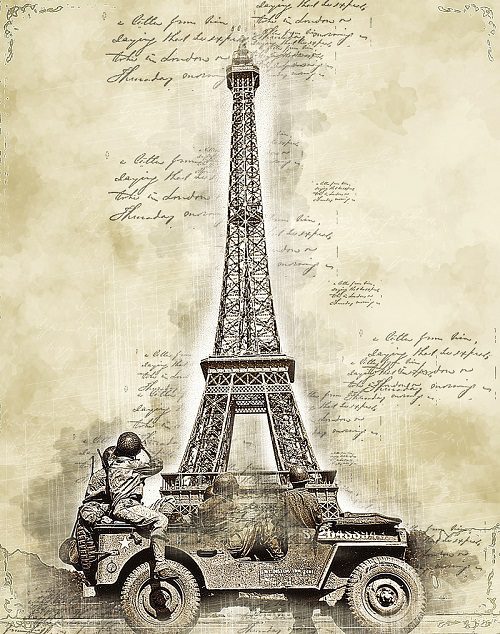
Champagne Houses hid shot-down British pilots, Jews, guns and ammo, they also got messages to Allies, they figured out early on that before a German offensive, they would put in a large order of drinks, in the assumption of a celebration upon a victory. The Champagne Houses alerted the British about a possible attack in Africa, the Germans once again placed an order of Champagne, but this time they required the bottles to be specially corked and packed so they could be shipped to a very hot country, shortly after this the Nazis opened up a front in Egypt.
Robert-Jean de Vogüé from the Moët & Chandon house was actively involved in the underground French Resistance, leading the charge in the Épernay region. The Nazis, including Otto Klaebisch, were suspicious of de Vogüé, they kept their eyes on him and by November 1943 he was arrested and sent to die at the Ziegenhain Concentration Camp, he was to work himself to death and he almost did, he had to cut off his little finger with a piece of glass because it got infected with gangrene.
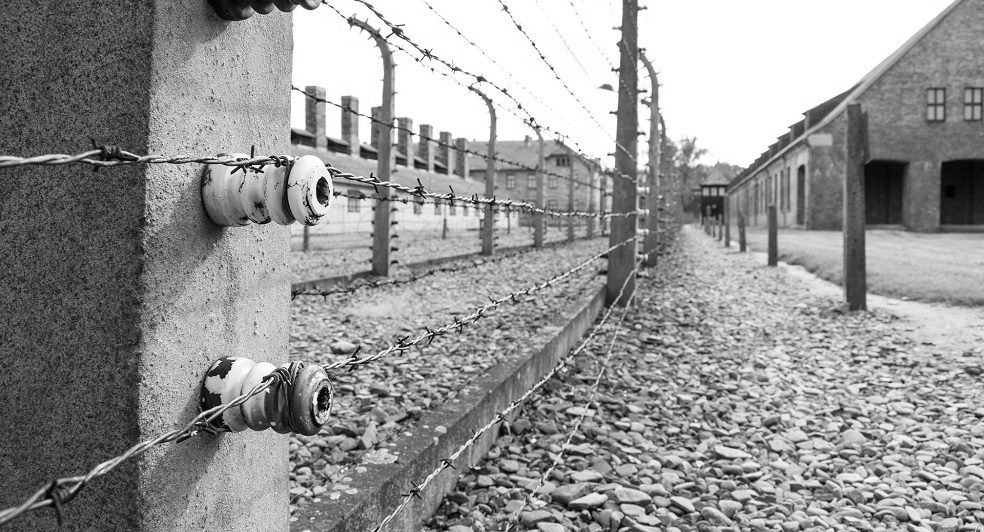
Otto Klaebisch seized control of Moët & Chandon after the arrest of Robert-Jean de Vogüé, I’m sure making life even harder for those still working at the estate. Before the allied advance Otto Klaebisch would be recalled back to Germany.
By May 1945, British paratroopers liberated the camp, freeing all those who remained alive inside, Robert-Jean de Vogüé lay almost lifeless on the side of the road, he was nearly dead, but a passing soldier recognized him as he formerly worked for de Vogüé, thanks to him and the many other brave men, he survived to continue running Moët & Chandon until he passed in 1976.
Before his death, he had the chance to be a witness and speak against Otto Klaebisch for Economic Crimes, but he chose not to, “He was in a difficult situation,” de Vogüé told the court. “I don’t believe for a minute that he himself would have ever ordered my arrest or those of my colleagues. It was the Gestapo.” Otto Klaebisch wasn’t sentenced to death or imprisoned, he was released soon after that statement.
The Nazis weren’t the only ones to enjoy Champagne during World War II, Sir Winston Churchill had a taste for Champagne Pol Roger, it’s known as his favourtie Champagne, with the Champagne house even naming a bottle after him, (Cuvée Sir Winston Churchill).
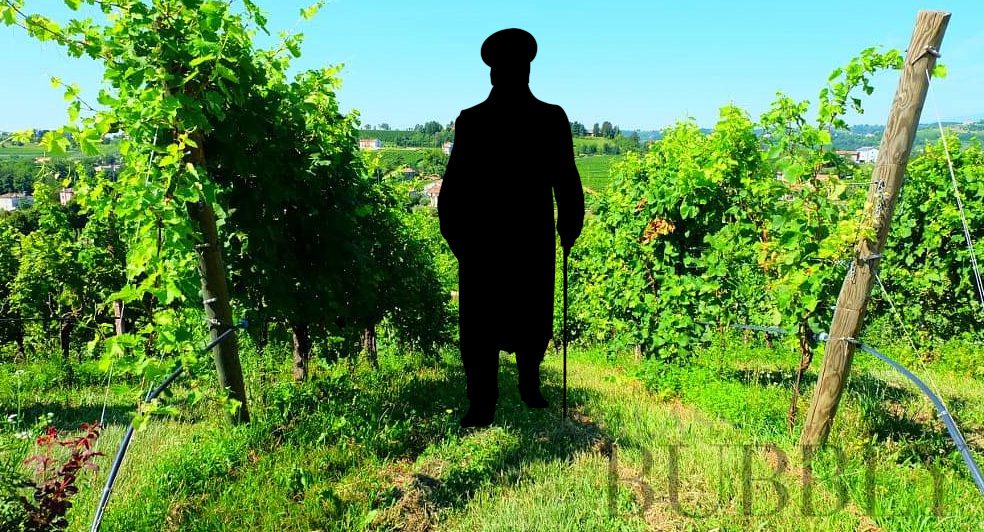
He only drank their vintages, with his favourite being their 1928, but after he drank through that vintage, he went onto 1935, then 1945 and finally 1947.
It’s estimated by Champagne Pol Roger that Sir Winston Churchill drank 42,000 bottles of their Champagne during his lifetime, this would put him as drinking almost 2 bottles of Champagne a day, starting from the date on the first invoice in 1908 until he passed away in 1965.
The Pol Roger 1928 wasn’t just loved by Sir Winston Churchill. During the German occupation of France, Champagne Pol Roger were ordered by Otto Klaebisch to send out massive shipments of their 1928 vintage to Berlin every month, Christian de Billy, president of the winery at the time recorded: “We never had a lot of it and tried to hide what we could, but it was so wonderful and so well known that it was impossible to keep it out of German hands. Klaebisch knew it was there”.
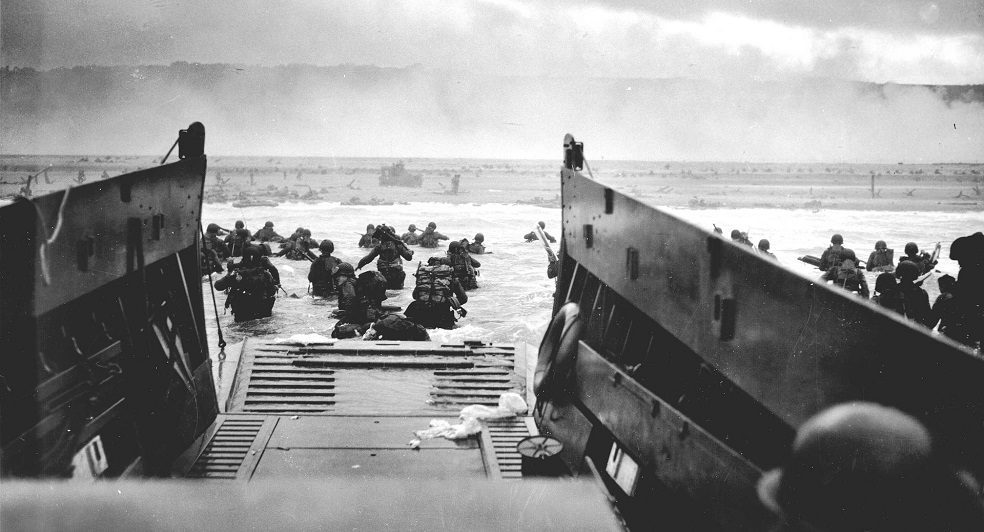
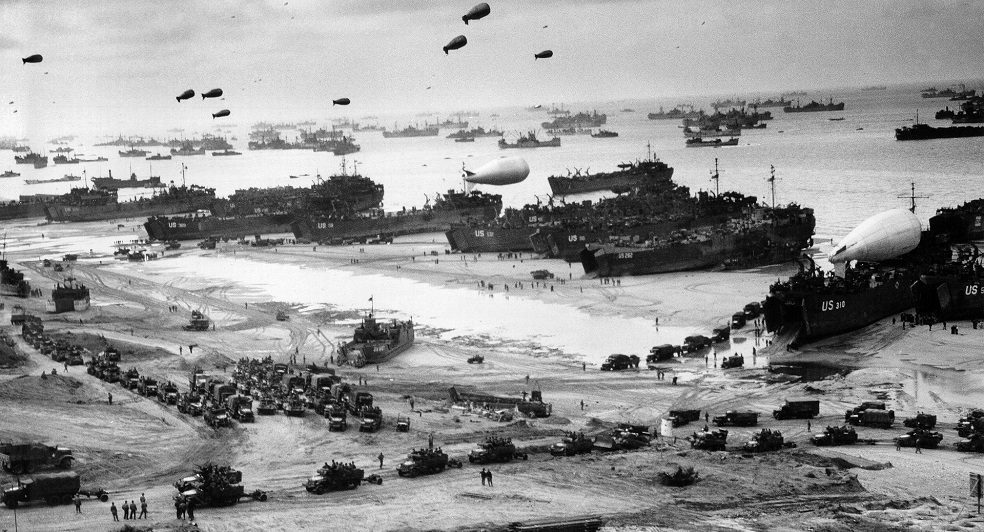
When Germany realised that they were now losing the war, plans were made to destroy major cities in France, making it harder for the Allies to advance, this included Paris, which was given to General Von Choltitz to destroy, but he disobeyed Hitler’s orders, so Pairs was left standing. Orders were also given to blow up the Champagne cellars in Épernay, this would have become a reality if it wasn’t for General Patton and the U.S third army completely taking the Germans by surprise in August 1944, forcing them to withdraw. Épernay was liberated on August 28th, 1944 and Reims on August 30th.

Drawing close to the end of the Nazi regime, General Dwight D. Eisenhower Supreme Commander of the Allied Expeditionary Force in Spring of 1945 transported his headquarters to Reims, awaiting the surrender of Germans, the signing which would end World War II in Europe took place at 2.41 am on May 7th, 1945 in Reims, it was signed by chief-of-staff of the German Armed Forces High Command, General Alfred Jodl, agreeing to an unconditional surrender for all German forces to the Allies.
The Champagne region has a lot to be thankful for that day, the liberation and preservation of this remarkable region of France. Champagne houses would show some of that gratitude by reserving some of their Champagnes for the Allied troops.
After reading this article Nanette Pigaga contacted me to graciously share the following story.
In a display case at the D-Day Story museum in Portsmouth, a bottle of Champagne from G.H. Mumm & Co. stands as a reminder of the lives won and lost, to how the Champagne houses risked all to not just protect their Champagne, but to hide soldiers and aid the resistance in their fight against tyranny. When the tides started to change and hope was in the air Champagne houses like G.H. Mumm specifically reserved bottles of Champagne for the Allied Forces that liberated France on D-Day.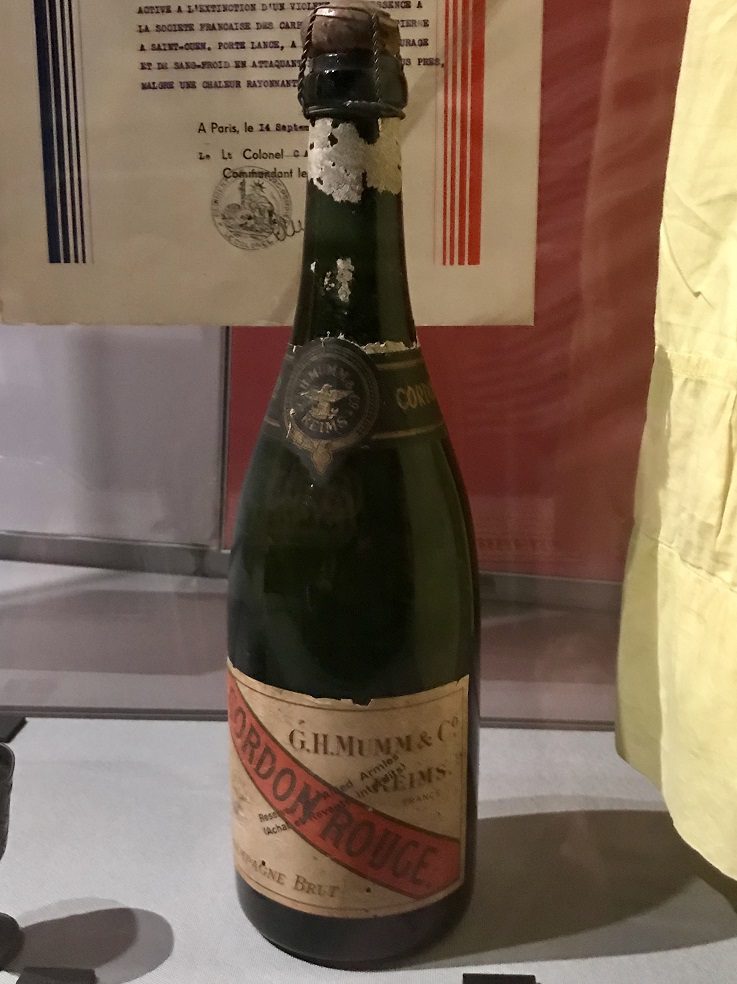 Nanette Pigaga’s father, by the name of Melvin ‘Mel’ Lutes was an American G-I stationed in an underground bunker in Portsmouth, he was a clerk typist that was part of the Third Army Headquarters staff planning the D-Day invasion. After his work was done, he was reassigned, but not wanting to leave the Third Army Headquarters, he was transported to France, to join the Third Army Headquarters medical battalion. His commanding officer would soon ask his men for volunteers, 31 US Army Ambulances were unoccupied in Belgium and they would provide a massive aid to the Allies if Melvin and the other volunteers could get to them before the Nazis could.
Nanette Pigaga’s father, by the name of Melvin ‘Mel’ Lutes was an American G-I stationed in an underground bunker in Portsmouth, he was a clerk typist that was part of the Third Army Headquarters staff planning the D-Day invasion. After his work was done, he was reassigned, but not wanting to leave the Third Army Headquarters, he was transported to France, to join the Third Army Headquarters medical battalion. His commanding officer would soon ask his men for volunteers, 31 US Army Ambulances were unoccupied in Belgium and they would provide a massive aid to the Allies if Melvin and the other volunteers could get to them before the Nazis could.
Why did Melvin volunteer for this endeavour? He recounted in the letter to his principal, “I volunteered, since I had never been to that part of the world before.” He succeeded in his mission. He was also responsible for sending messages to the Dutch and French underground which were actually intended to be intercepted by the Nazis. A film by the name of Operation Mincemeat, starring Colin Firth recently released showcasing this part of the war.
It was only near the end of Melvin’s life that he shared much of what Nanette knows of his time during the war, throughout his life he rarely spoke about it, but one special occasion for the family came at the graduation of Nanette’s daughter. Melvin and his wife had travelled all the way from Indiana to Washington DC. to be there for their granddaughter. In celebration of this wonderful occasion, a bottle of Champagne was opened. As Melvin was suffering from larynx cancer, he had a tracheotomy tube, which meant he couldn’t speak above a whisper and also prevented him from enjoying the Champagne, Nanette didn’t want him to miss out, so encouraged him to take a little on his finger to taste, his response was “I drank too much of it in France during the war!“
It took a while for Nanette to understand exactly what he meant by that statement, but despite some Champagne houses having to watch the Nazis drink their cellars dry, they were all too happy to share their creations with those who liberated them, popping corks all over the region, an example of this comes from Champagne Krug.
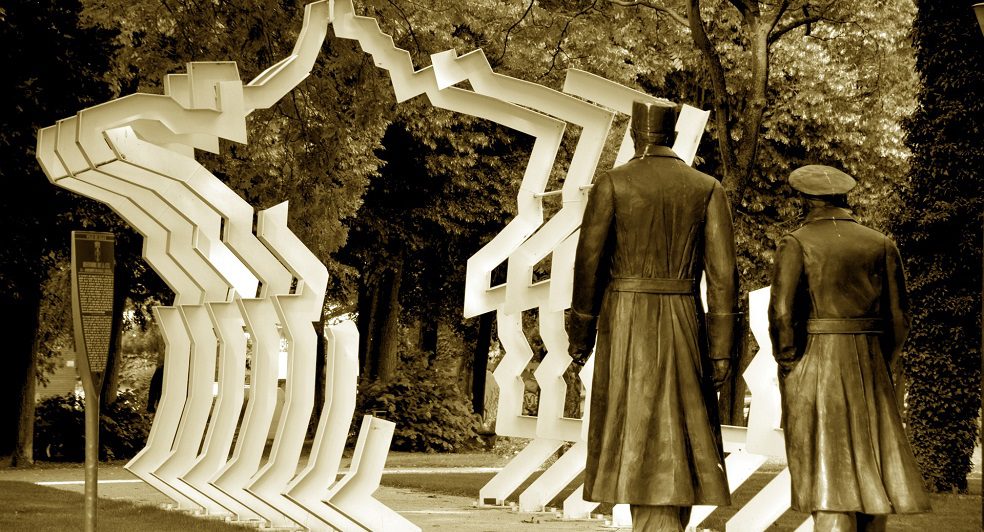
Rémi Krug (Honorary President of Krug Champagne) in 2016 was interviewed and mentioned a bit about Krug Champagne during World War 2. His words are as follows: “At the end of World War II, when the American officers, American troops came to Reims and this was with the Patton army and my grandfather when he saw the troops and the officers coming through the Bulova here next door, he runs down to his cellar, he took all the bottles of Krug he had in his cellar, they were not in the fridge so they were just, you know, cellar temperature, he brought them on the pavement outside of his house, he took all the glasses he could find not only Champagne glasses, but you know, kitchen glasses whatever and he started to open his own bottles and pour and hand over to the American soldiers and the G.I’s walking by, he was so happy, so free etc, so that was just a moment from the heart.”
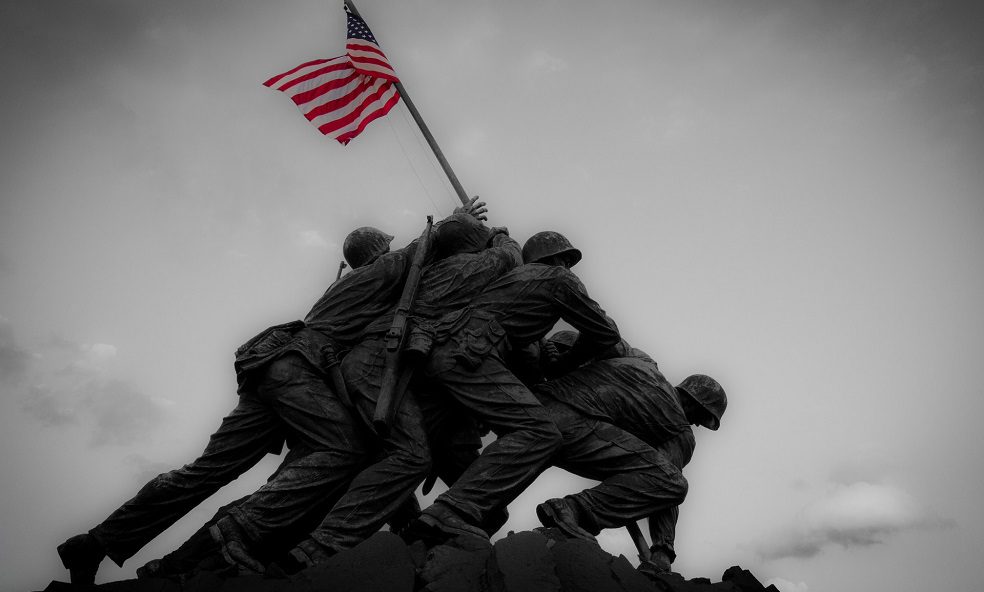
A lot of people sacrificed and were sacrificed during World War II to fight the most hard-fought victory that anyone alive today has ever known, According to US Department of Veterans Affairs Statistics, there were 240,329 of the 16 million Americans who served in World War II alive in 2021, this number will have of course decreased, but there are still those among us who fought for your Freedom.
So to those still alive, to those who’ve passed and to those who gave their lives for their countries, families and freedoms, I raise my glass to you in the highest form of appreciation for the sacrifice you made.
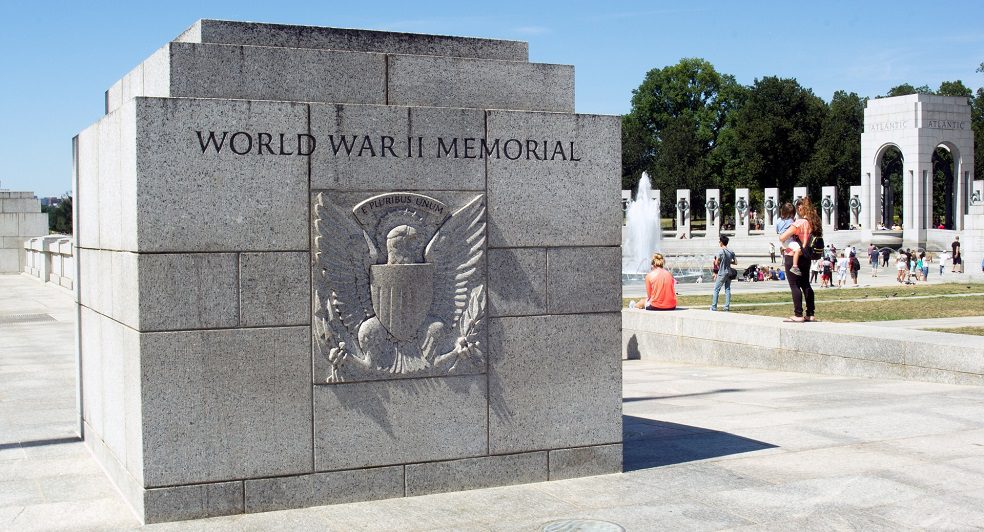
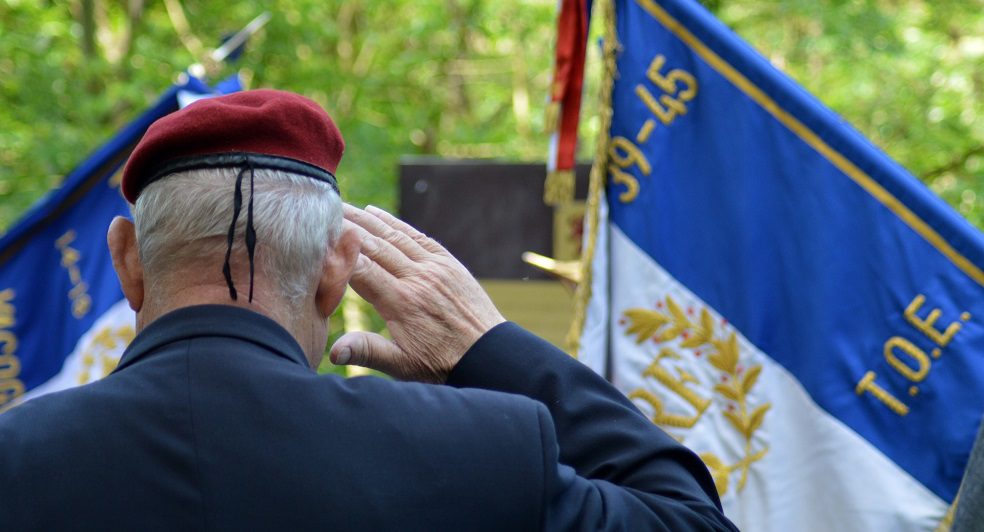
Information Credit: Encyclopedia – Britannica – Wikipedia – Wineunites – NYPost – Wikipedia –
Image Credit: Warsaw Ghetto – Eiffel Tower – France 1945 – German Occupation – Concentration Camp – General De Gaulle Sir Winston Churchill – Sir Winston Churchill – American Flag – Normandy – D-Day – French Vet – GH Mumm image provided by Nanette Pigaga
![]()
Oliver Walkey
Champagne and Sparkling Wine Writer, Focused on Bringing the Exciting and Fascinating World of Bubbly to You.
